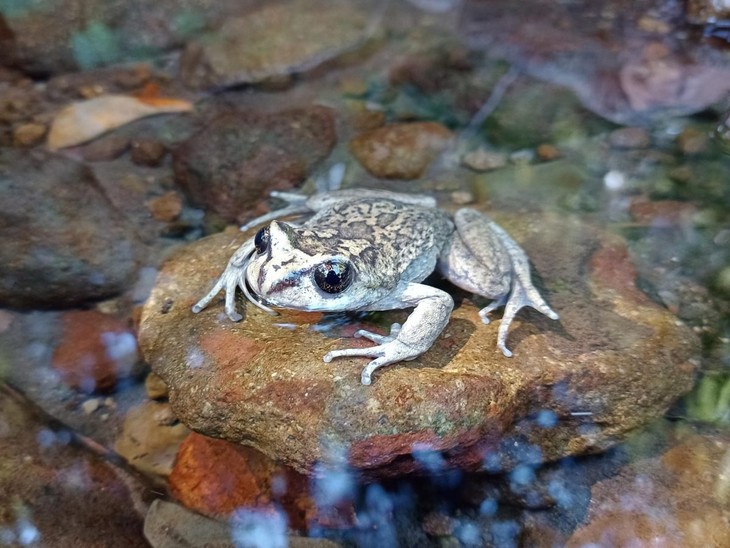 |
| A team of researchers has discovered the ghost frog (scientific name: Alsodes vittatus) - a frog species that has not been seen in the past 130 years. The ghost frog was first described in 1902 by German naturalist Rodulfo Amando Philippi. His description was based on specimens collected by French entomologist Philibert Germain in 1893. Photo: Edvin Riveros. |
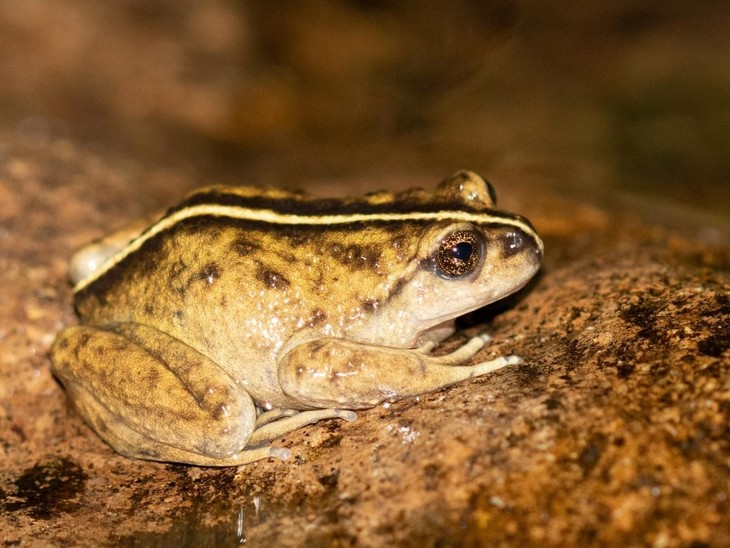 |
| Ghost frogs have not been recorded in the wild for more than a century. After a decade of investigation, a team of researchers announced that they have discovered ghost frogs in Chile for the first time in 130 years. Photo: Edvin Riveros. |
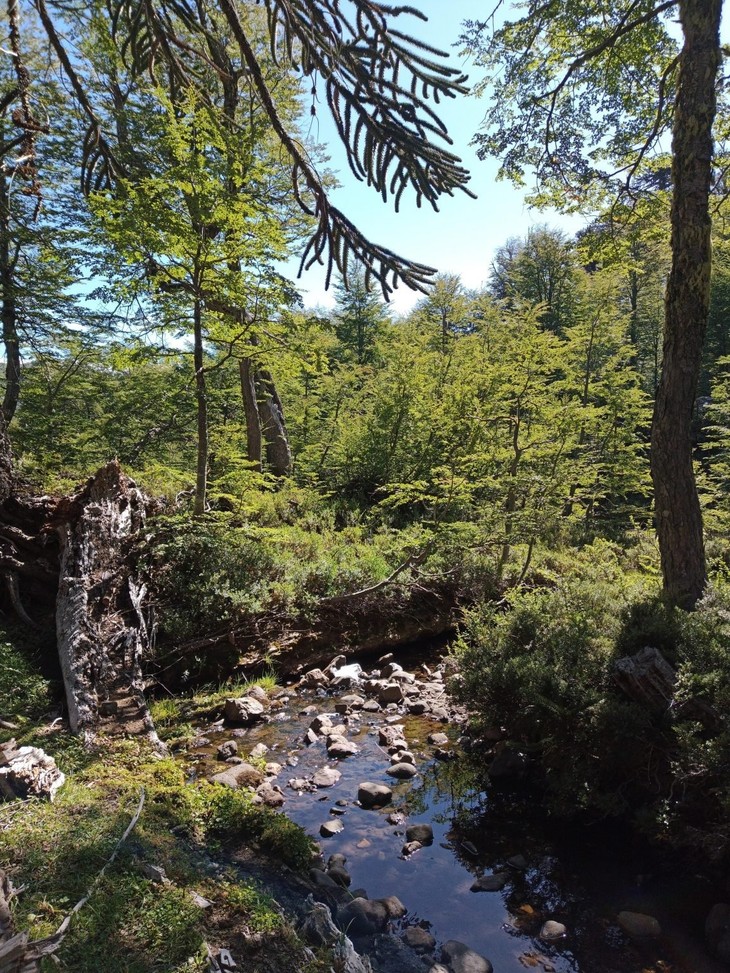 |
| The research team included experts from the Laboratory of Systematics and Conservation of Herpetozoa (SyCoH), University of Concepción, Chile: Dr. Claudio Correa, renewable natural resources engineer Edvin Riveros Riffo and biologist Juan Pablo Donoso. They published this important discovery in the journal ZooKeys. Photo: Edvin Riveros. |
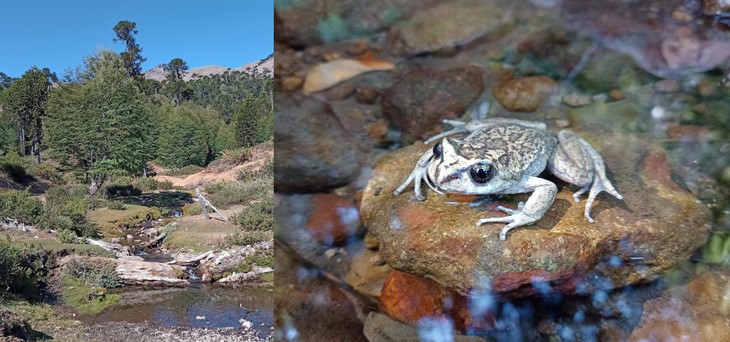 |
| From 1995 to 2002, several researchers attempted to search for ghost frogs in the Pemehue area of Chile but failed to find any positive results. Photo: Edvin Riveros. |
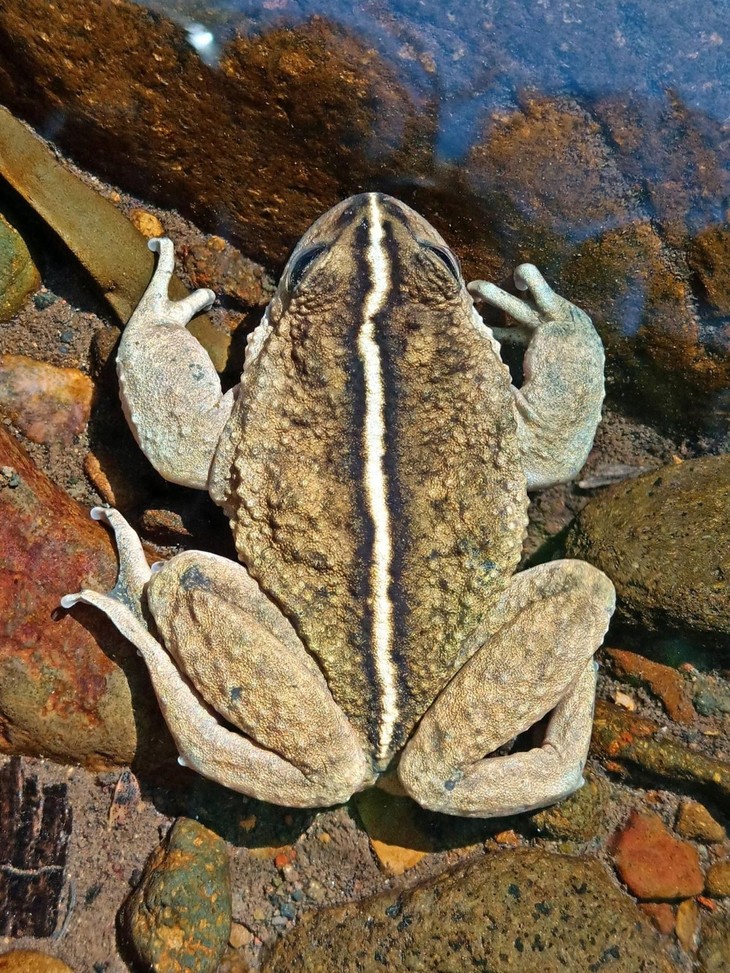 |
| In 2015-2016, searches led by scientists Claudio and Juan found two populations of the genus Alsodes. They suspected they were ghost frogs. However, these individuals did not possess the characteristic white or yellow stripes, raising suspicions that they might be a different species. Photo: Edvin Riveros. |
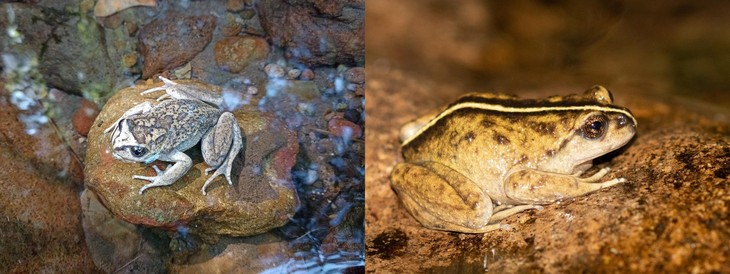 |
| To unravel this mystery, Dr. Claudio's team used historical publications and documents to recreate Philibert Germain's journey to find the ghost frog. Photo: Edvin Riveros. |
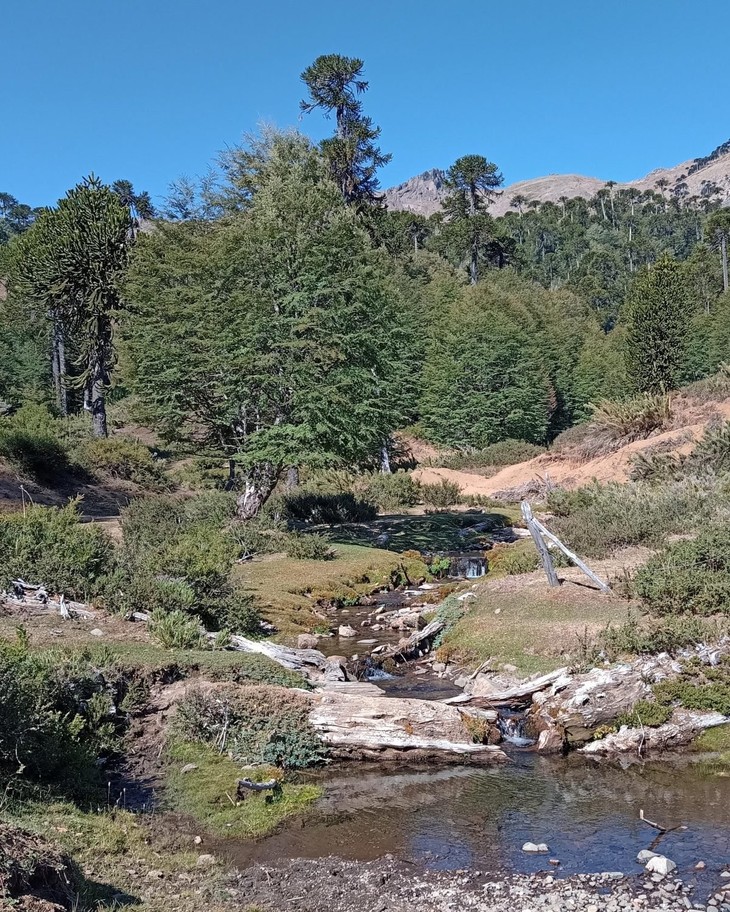 |
| In 2023-2024, Claudio's team organized an expedition following the newly reconstructed route. In the Lolco and Portales river basins, they unexpectedly found two populations of A. vittatus, confirming the existence of the species after more than 100 years without any records. Photo: Edvin Riveros. |
 |
| The rediscovery of the ghost frog is a major milestone for South American herpetology and biodiversity conservation. Most species in the genus Alsodes are either threatened with extinction or have insufficient information to assess their status. Photo: Edvin Riveros. |
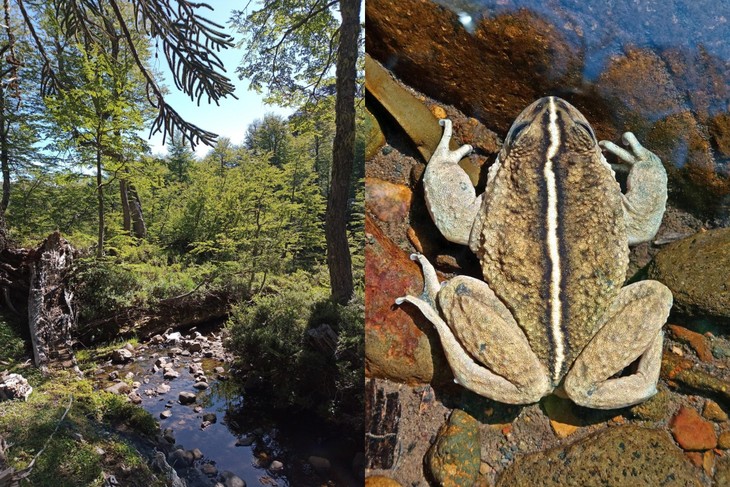 |
| Finding out where they live and how they survive is the first step in protecting endangered species like the ghost frog. Photo: Edvin Riveros. |
Readers are invited to watch the video: Hanoi: frog fishing, eel catching... contest to find a husband for the female "general".
Source: https://khoahocdoisong.vn/hoi-sinh-ky-dieu-loai-ech-ma-sau-hon-100-nam-tuyet-tich-post266358.html




![[Photo] Closing of the 11th Conference of the 13th Central Committee of the Communist Party of Vietnam](https://vstatic.vietnam.vn/vietnam/resource/IMAGE/2025/4/12/114b57fe6e9b4814a5ddfacf6dfe5b7f)

![[Photo] Overcoming all difficulties, speeding up construction progress of Hoa Binh Hydropower Plant Expansion Project](https://vstatic.vietnam.vn/vietnam/resource/IMAGE/2025/4/12/bff04b551e98484c84d74c8faa3526e0)


















































































Comment (0)